Loading...
Blog Details
Blog Details
Cultural Insights: Understanding Kashmiri Traditions and Customs
Kashmir is a region steeped in rich cultural heritage, and understanding its traditions and customs is essential for anyone wishing to explore this beautiful land. The unique blend of history, religion, and local practices has shaped the cultural identity of the Kashmiri people. Here, we delve into some of the most prominent traditions and customs that define Kashmiri culture.
**Hospitality**: One of the most notable aspects of Kashmiri culture is its hospitality. Locals take immense pride in welcoming guests into their homes and ensuring their comfort. A traditional Kashmiri welcome often includes serving **Kashmiri chai** (a special tea) and a variety of local snacks. This warm hospitality is not just a practice; it is deeply ingrained in the culture, reflecting the kindness and generosity of the Kashmiri people.
**Dress**: Traditional Kashmiri attire is both beautiful and practical. Women often wear **Pheran**, a long, loose garment that keeps them warm in the cold climate. The Pheran is typically made of wool and is often embellished with intricate embroidery. Men, on the other hand, wear a similar garment known as **Chola**. The attire is not just for warmth; it symbolizes the region’s cultural heritage and identity.
**Festivals**: Kashmiri festivals are vibrant and filled with cultural significance. **Eid** and **Navroz** (Persian New Year) are celebrated with great enthusiasm, marked by communal prayers, feasts, and cultural performances. The **Tulip Festival** held in Srinagar is a celebration of spring, showcasing the region’s stunning tulip gardens and attracting visitors from around the world. Each festival presents a unique opportunity to experience the traditions and celebrations of the Kashmiri people.
**Cuisine**: Kashmiri cuisine is an integral part of its culture, reflecting the flavors and ingredients unique to the region. Dishes like **Rogan Josh**, **Gushtaba**, and **Yakhni** not only tantalize the taste buds but also tell the story of Kashmir’s culinary heritage. Sharing a meal with locals is a beautiful way to experience their traditions and the importance of food in their culture.
**Art and Craft**: The artistry of Kashmir is evident in its handicrafts, including **Pashmina shawls**, intricate wood carvings, and **paper mache** items. The craftsmanship reflects the skill and creativity of Kashmiri artisans. Understanding the significance of these crafts and their historical context adds depth to the travel experience in Kashmir.
**Language and Literature**: Kashmiri is the primary language spoken in the region, and its literature reflects the rich history and culture of the people. Poetry and folklore play a significant role in Kashmiri traditions, often passed down through generations. Engaging with local literature provides insight into the values and beliefs of the Kashmiri community.
In conclusion, understanding Kashmiri traditions and customs enhances the travel experience and fosters a deeper connection with the region and its people. The warmth of Kashmiri hospitality, the beauty of its attire, the vibrancy of its festivals, and the richness of its cuisine all contribute to a unique cultural tapestry that is worth exploring. When visiting Kashmir, embracing these traditions allows travelers to appreciate the depth and diversity of this enchanting region.
Also Read
Packages
Tailored for You
 5 days & 4 nights
5 days & 4 nights
Kashmir Splendor Package
Srinagar
Gulmarg
Pahalgam
+ 2
INR 15000 INR 20000
You save INR 5000
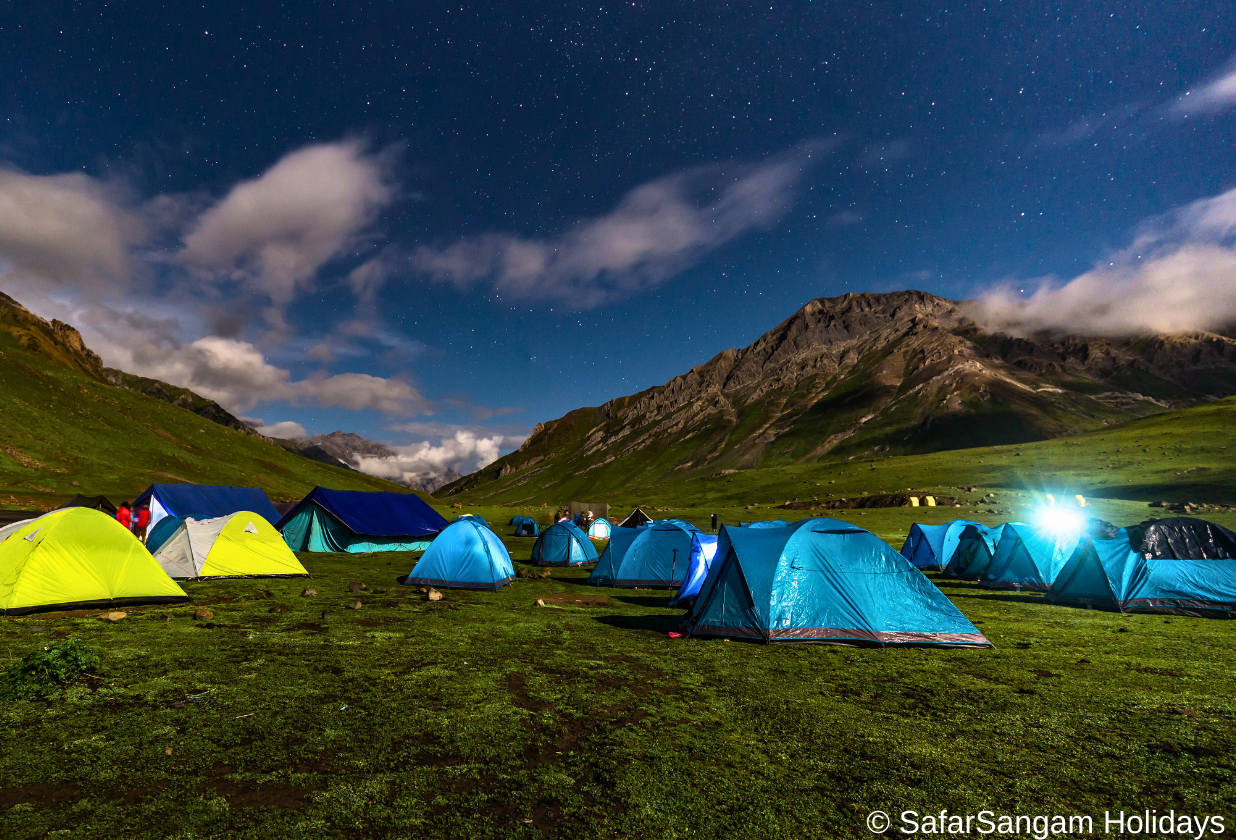 7 days & 6 nights
7 days & 6 nights
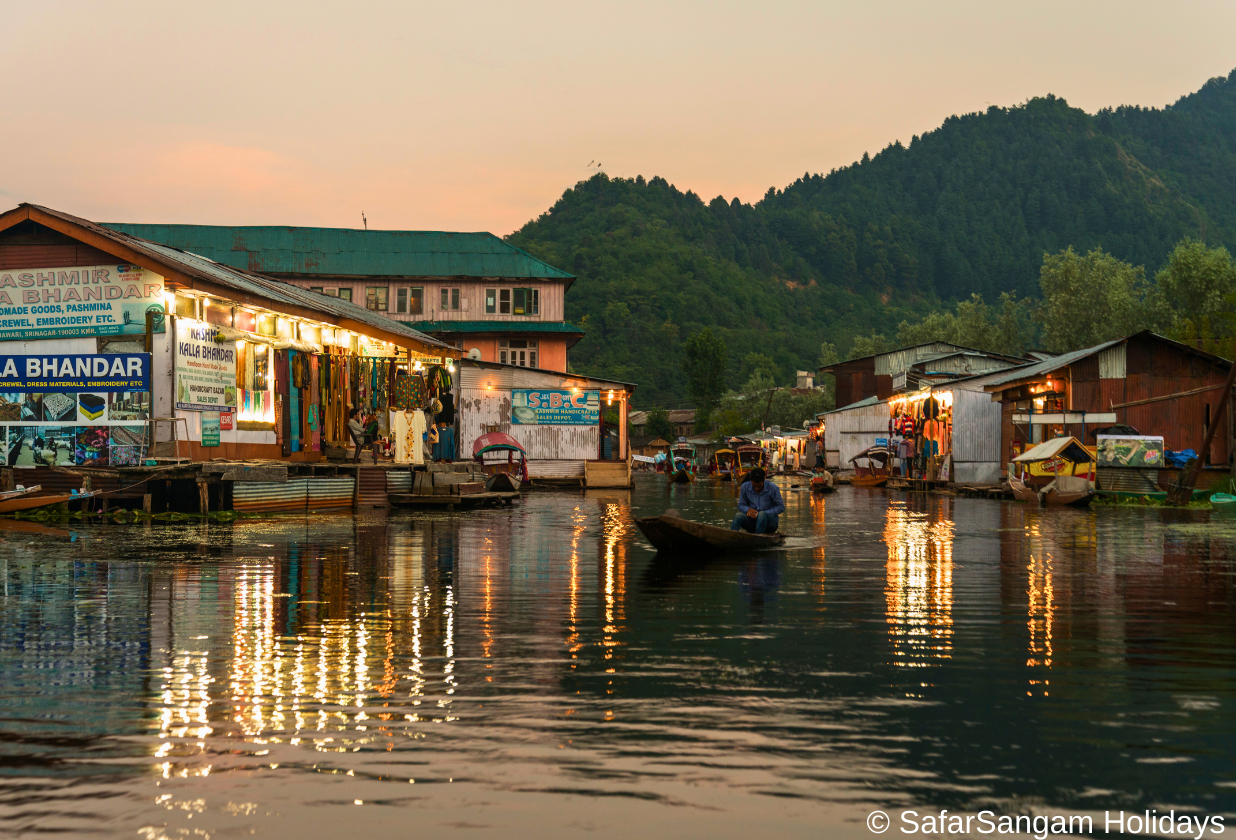 4 days & 3 nights
4 days & 3 nights
Cultural Kashmir Tour
Srinagar
Pampore
Awantipora
+ 2
INR 12000 INR 16000
You save INR 4000
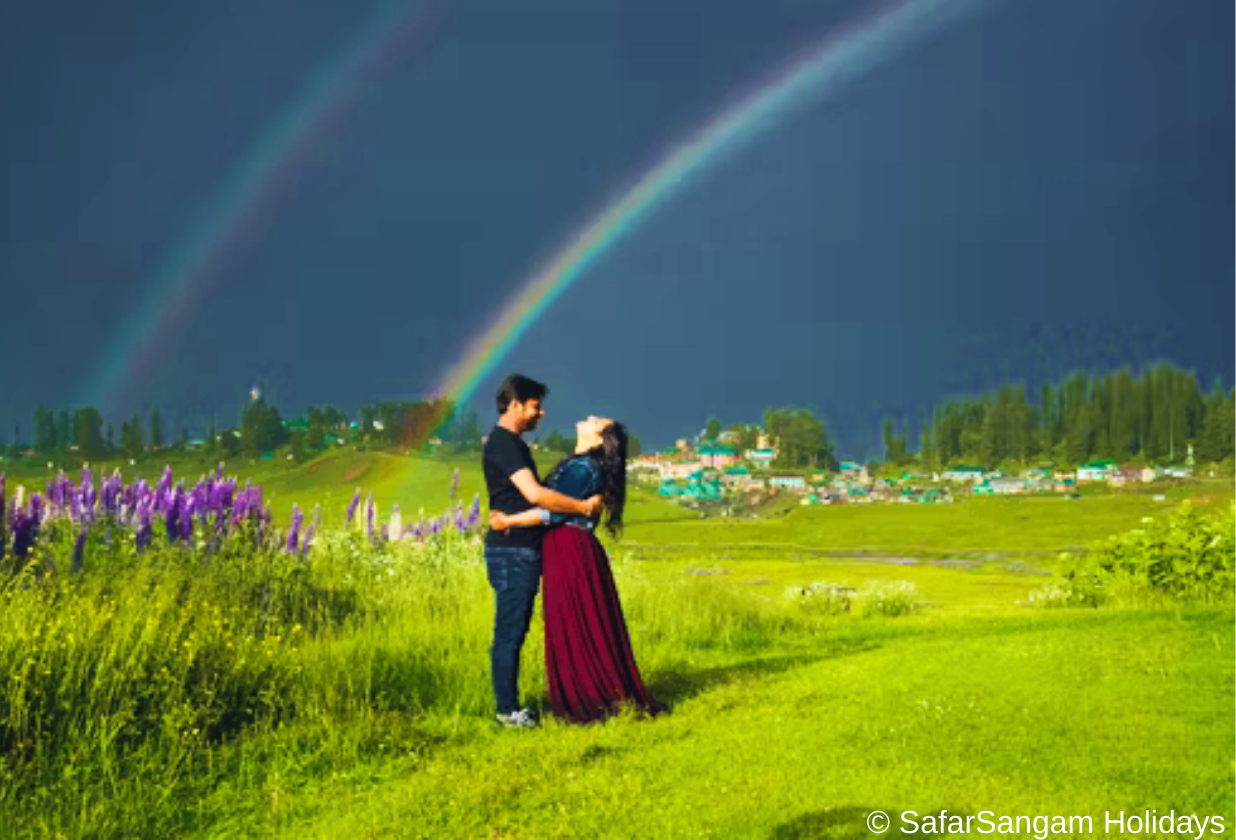 6 days & 5 nights
6 days & 5 nights
Kashmir Honeymoon Package
Srinagar
Gulmarg
Pahalgam
+ 2
INR 25000 INR 30000
You save INR 5000
 5 days & 4 nights
5 days & 4 nights
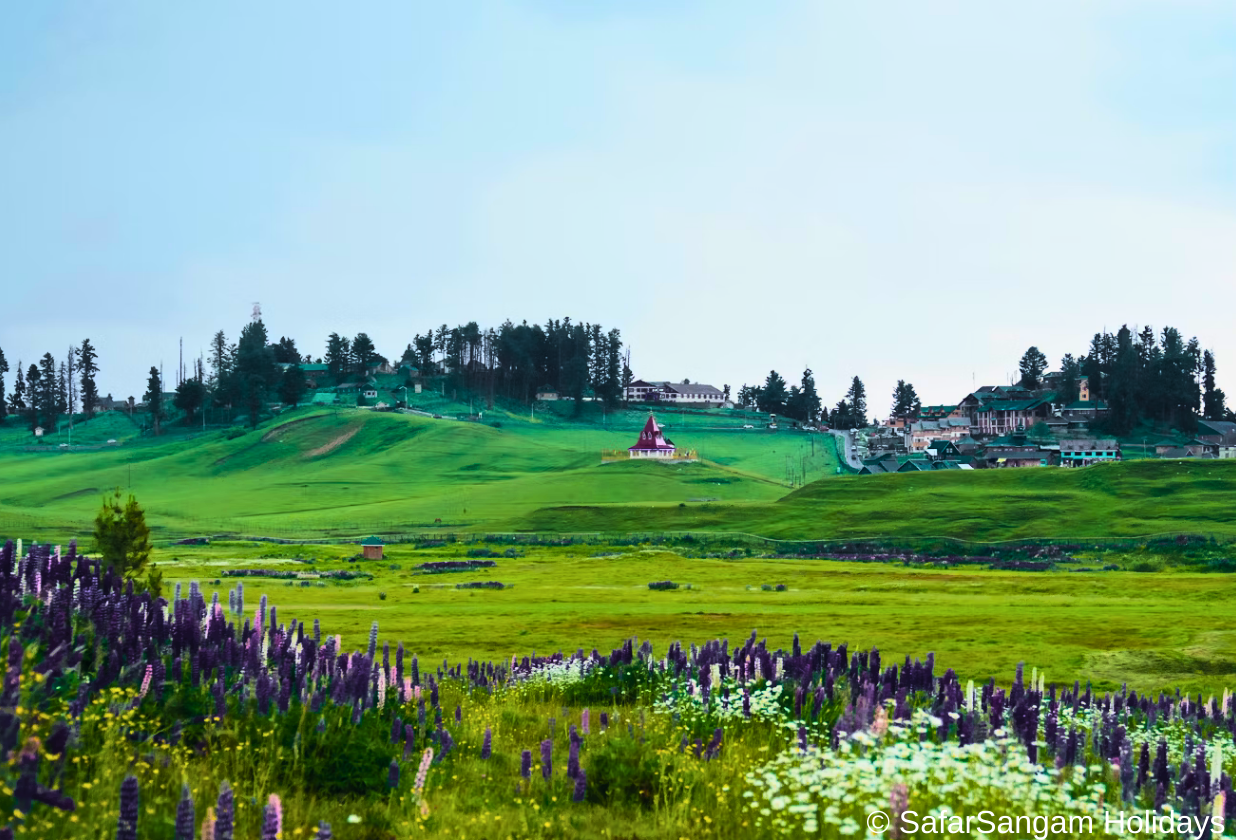 5 days & 4 nights
5 days & 4 nights
Kashmir Heritage Tour
Srinagar
Baramulla
Pampore
+ 2
INR 13000 INR 17000
You save INR 4000
 6 days & 5 nights
6 days & 5 nights
Nature Retreat in Kashmir
Srinagar
Gulmarg
Pahalgam
+ 2
INR 16000 INR 21000
You save INR 5000
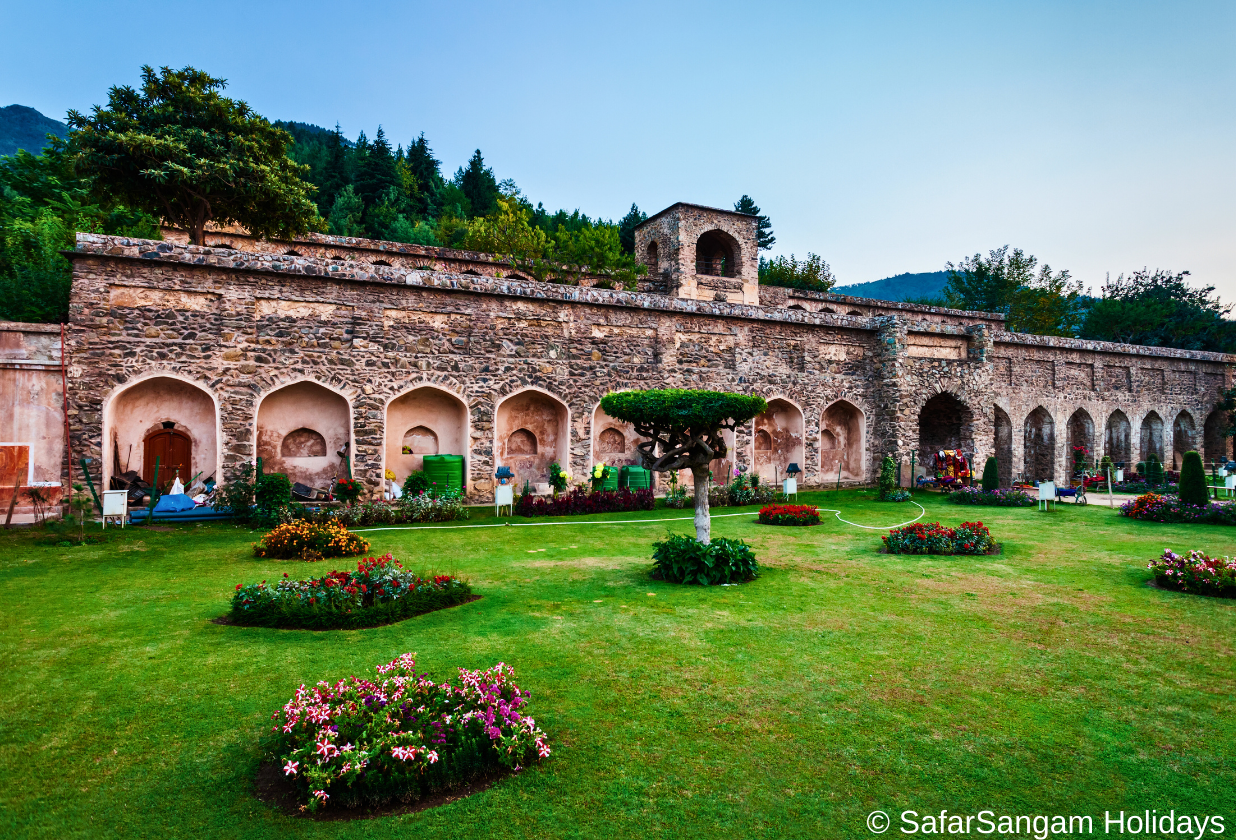 5 days & 4 nights
5 days & 4 nights
Photography Tour in Kashmir
Srinagar
Gulmarg
Pahalgam
+ 2
INR 14000 INR 19000
You save INR 5000
 7 days & 6 nights
7 days & 6 nights
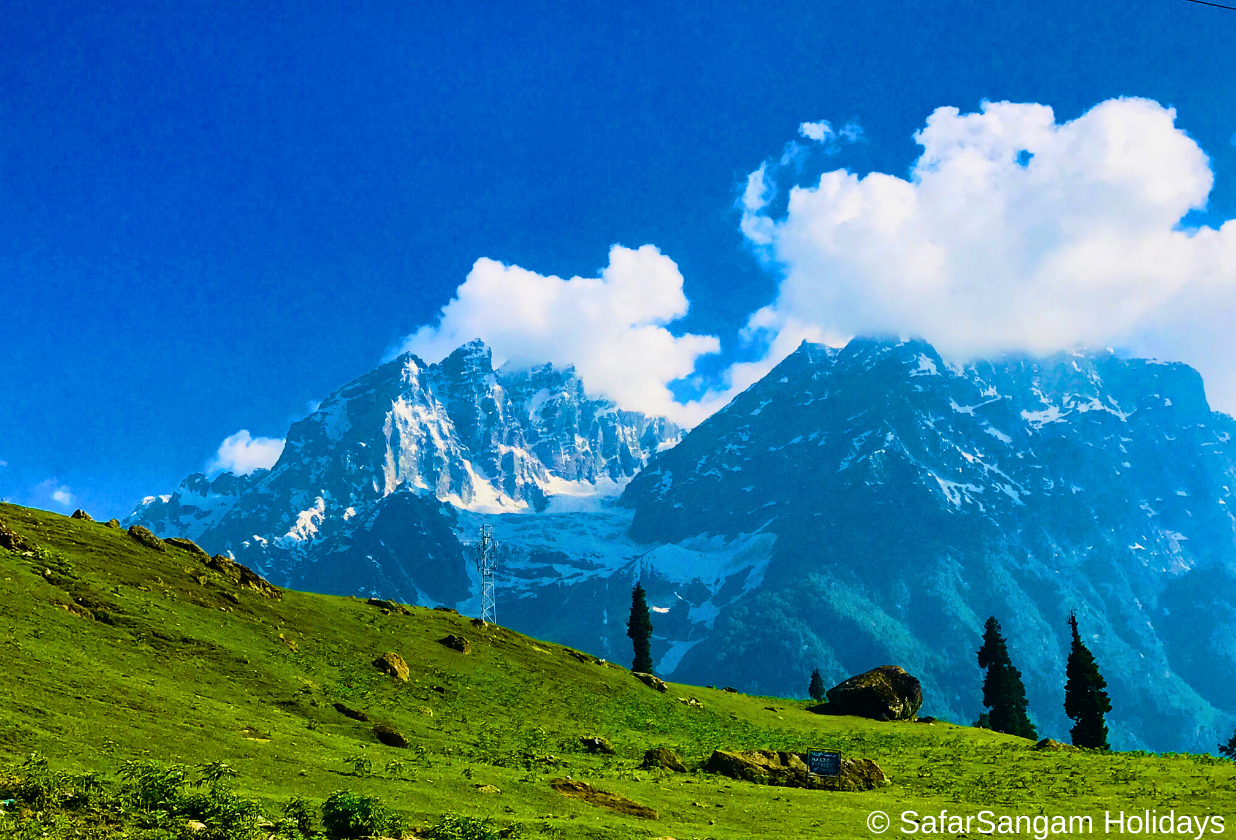 8 days & 7 nights
8 days & 7 nights
Kashmir’s Enchanted Valleys
Srinagar
Gulmarg
Pahalgam
+ 2
INR 21000 INR 26000
You save INR 5000
